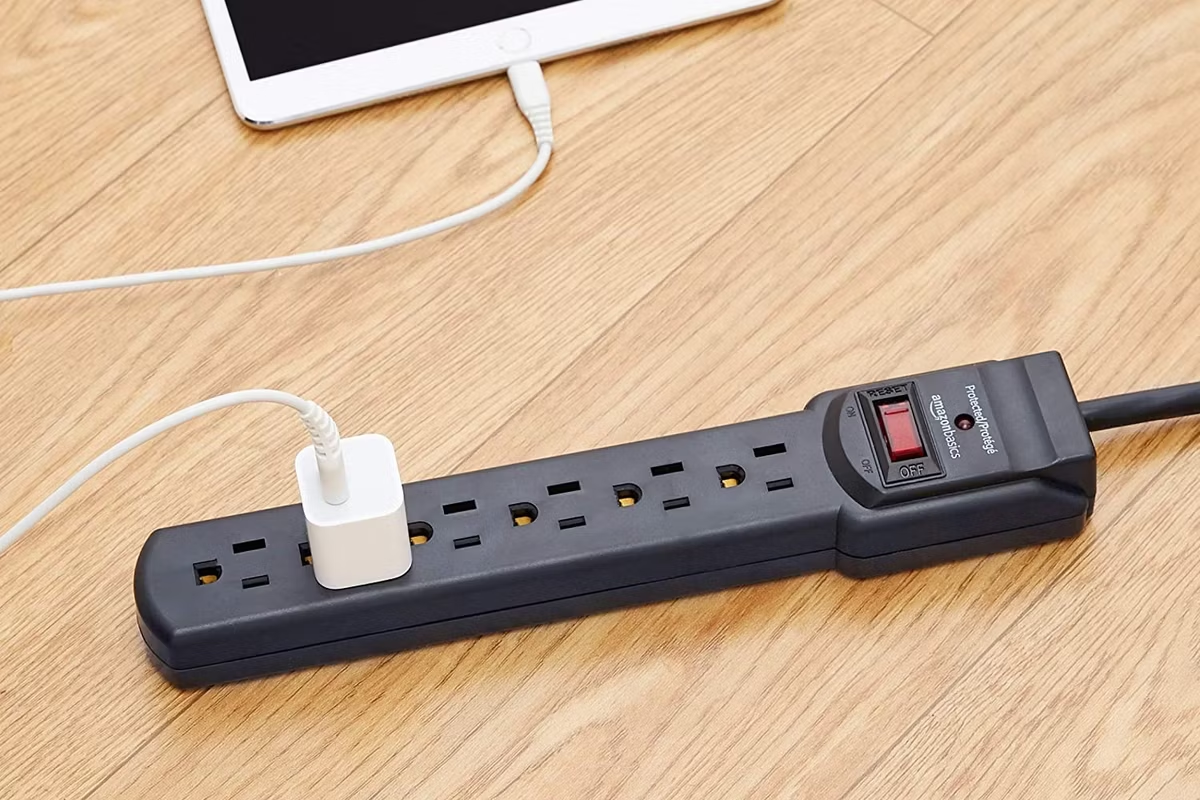

Articles
What Causes A Surge Protector To Trip
Modified: October 21, 2024
Discover the common causes that can make a surge protector trip and learn how to prevent it. Read our informative articles for helpful tips and advice.
(Many of the links in this article redirect to a specific reviewed product. Your purchase of these products through affiliate links helps to generate commission for Storables.com, at no extra cost. Learn more)
Introduction
Welcome to the world of electronics where power surges can cause havoc to our devices and appliances. To protect them from sudden spikes in voltage, surge protectors play a crucial role. But what happens when a surge protector itself trips? This article will explore the reasons behind surge protectors tripping and help you better understand how to prevent it from happening.
Surge protectors are designed to safeguard our valuable electronics by diverting excess electrical energy away from them. They act as a first line of defense against power surges, which can occur due to lightning strikes, utility grid fluctuations, or even faulty wiring within our homes.
When a surge protector trips, it means that it has detected a potential danger and has shut off the power supply to your devices. This automatic shut-off mechanism is intended to prevent any damage from occurring.
Understanding why surge protectors trip is important because it allows us to address the underlying problem and ensure the continued protection of our electronics. Let’s delve into some common causes of surge protectors tripping and how to mitigate them.
Key Takeaways:
- Understanding the common causes of surge protector tripping, such as overloading, voltage fluctuations, short circuits, ground faults, and wear and tear, empowers individuals to take proactive measures to protect their electronic devices and maintain a safe electrical system.
- Proper surge protection is essential for safeguarding valuable electronic devices, preventing data loss, minimizing fire hazards, ensuring safety, and saving money in the long run. Investing in surge protectors is an investment in the longevity and optimal performance of electronic equipment.
Read more: What Causes HVAC Breaker To Trip
Understanding Surge Protectors
Before we explore the causes of surge protector tripping, let’s take a moment to understand how surge protectors function. Surge protectors are electrical devices that are built to handle sudden spikes in voltage, known as power surges. These surges can occur due to various factors like lightning strikes, utility grid fluctuations, or even electrical faults within your home.
A surge protector works by diverting excess electrical energy away from your devices and appliances. It acts as a barrier, preventing the surge from reaching and damaging your valuable electronics. Surge protectors typically consist of metal oxide varistors (MOVs) or gas discharge tubes that absorb the excess voltage and redirect it to the ground.
Surge protectors come in various types, including power strips with surge protection, whole-house surge protectors, and individual device surge protectors. The type you choose depends on your specific needs and the level of protection required.
It’s important to note that surge protectors do have a lifespan and can wear out over time. They have built-in components that deteriorate with use and may become less effective at suppressing surges. Hence, it’s essential to periodically replace your surge protectors to ensure optimal protection for your devices.
Now that we have a basic understanding of surge protectors, let’s dig deeper into the reasons behind their tripping.
What is Tripping?
In the context of surge protectors, tripping refers to when the protector shuts off the power supply to your devices and appliances. This automatic shut-off occurs when the surge protector detects a surge or potential danger in the electrical system.
Tripping is a protective measure taken by the surge protector to prevent any damage that could be caused by excessive voltage. When a surge protector trips, it interrupts the flow of electricity, keeping your devices safe from potentially harmful power surges.
Tripping is an indication that the surge protector is doing its job by safeguarding your electronics. However, it is important to understand why the surge protector is tripping to identify and resolve any underlying issues.
Next, let’s explore some common causes of surge protector tripping.
Common Causes of Trip
There are several reasons why surge protectors may trip. Understanding these causes can help you troubleshoot and prevent future tripping incidents. Here are some common factors that can lead to surge protector tripping:
1. Overloading:
One of the most common causes of surge protector tripping is overloading. Each surge protector has a maximum load capacity, which is the total amount of power it can handle. If you connect too many devices or appliances that exceed the capacity of the surge protector, it can trip to protect itself and your devices from overheating or electrical damage. To prevent overloading, distribute your devices across multiple surge protectors or use one with a higher load capacity.
Read more: What Does Switched Mean On A Surge Protector
2. Voltage Fluctuations:
Voltage fluctuations can occur due to power grid problems, faulty wiring, or appliance malfunctions. When the voltage rapidly increases or decreases, the surge protector may interpret it as a power surge and trip as a precautionary measure. To address voltage fluctuations, consider getting a voltage regulator or contacting an electrician to inspect and fix any wiring issues in your home.
3. Short Circuits:
A short circuit occurs when there is a direct connection between the hot wire and the neutral or ground wire. This can result in a sudden surge of electricity, causing the surge protector to trip. Short circuits often happen due to faulty wiring or damaged appliances. To prevent short circuits, ensure that your electrical installations and devices are in good working condition.
4. Ground Faults:
Ground faults occur when there is an unintended connection between the electrical current and the ground. This can be caused by damaged wiring or faulty electrical equipment. When a surge protector detects a ground fault, it will trip to prevent potential electric shocks or fires. If you suspect a ground fault, consult an electrician to inspect and fix the issue.
5. Surge Protector Wear and Tear:
Like any electronic device, surge protectors have a limited lifespan. Over time, the components inside the surge protector can degrade, reducing their effectiveness in suppressing surges. This wear and tear can lead to more frequent tripping. It’s a good practice to replace surge protectors every 2-3 years to ensure optimal protection.
By being aware of these common causes of trip, you can take proactive measures to prevent surge protector tripping and maintain the safety of your electronic devices.
Read more: What Is The Best Surge Protector For An RV
Overloading
Overloading is a common cause of surge protector tripping. It occurs when you connect too many devices or appliances that collectively draw more power than the surge protector can handle. Each surge protector has a maximum load capacity, which is the total amount of power it can safely support.
When the power being consumed by the connected devices exceeds the surge protector’s capacity, it can overload the unit. In response, the surge protector will trip to protect itself and your devices from excessive heat or electrical damage.
To avoid overloading your surge protector, it is important to be mindful of the total power requirements of your devices. Check the wattage or amperage rating of each device and ensure that the combined load does not exceed the surge protector’s capacity. If necessary, distribute your devices across multiple surge protectors or consider using a surge protector with a higher load capacity.
It is also important to consider the type of devices you are connecting to the surge protector. Some devices, such as high-power appliances like refrigerators or air conditioners, may have a significant power draw. Plugging these devices into a surge protector that is not rated for their power requirements can increase the risk of overloading.
Furthermore, be cautious of daisy-chaining surge protectors or using extension cords with surge protectors. These practices can increase the likelihood of overloading because they add additional devices to the circuit without increasing the surge protector’s capacity.
Regularly inspect your surge protector and the devices connected to it to ensure that you are not exceeding its capacity. If you notice signs of overheating, such as a warm surge protector or discolored outlets, it may be an indication that you are overloading the unit.
By being mindful of power requirements and avoiding overloading, you can prevent surge protector tripping and ensure the safety of your devices and appliances.
Voltage Fluctuations
Voltage fluctuations can be another common cause of surge protector tripping. These fluctuations occur when there are irregularities in the electrical supply, leading to rapid changes in voltage levels. Power grid problems, faulty wiring, or even malfunctions in appliances can contribute to voltage fluctuations.
Surge protectors are designed to detect and suppress power surges. However, when they sense rapid changes in voltage, they may interpret it as a potential surge and trigger the automatic shut-off mechanism, causing them to trip.
To address voltage fluctuations, it is important to identify the underlying cause. If the fluctuations are caused by external factors, such as power grid problems, there may not be much you can do except contacting your utility provider to address the issue.
If the voltage fluctuations are due to faulty wiring in your home, it is advisable to consult an electrician to inspect and fix any wiring issues. Faulty wiring can lead to irregularities in the electrical supply, putting your devices at risk of damage and causing the surge protector to trip.
In some cases, voltage regulators or stabilizers may be used to mitigate voltage fluctuations. These devices ensure consistent voltage levels by regulating and stabilizing the electrical supply. They can be a valuable addition to your electrical system, especially if you live in an area prone to voltage fluctuations.
It’s worth noting that voltage fluctuations can also be caused by malfunctions in appliances. Faulty devices can introduce irregularities into the electrical system, leading to voltage variations. Regular maintenance and timely repairs of appliances can help minimize the risk of voltage fluctuations and subsequent surge protector tripping.
By addressing the underlying causes of voltage fluctuations, you can reduce the chances of your surge protector tripping while safeguarding your devices from potential damage caused by irregular voltage levels.
Short Circuits
Short circuits are another common cause of surge protector tripping. A short circuit occurs when there is a direct connection between the hot wire and the neutral wire or ground wire. This results in a sudden surge of electrical current, which can lead to overheating, electrical fires, and potential damage to your devices.
When a surge protector detects a short circuit, it automatically trips to break the electrical connection and prevent further damage. This protective feature ensures the safety of your devices and helps minimize the risk of electrical hazards.
Short circuits can occur for various reasons, including faulty wiring, damaged cables, or malfunctioning electrical devices. If you suspect a short circuit is the cause of your surge protector tripping, it is crucial to investigate and resolve the issue promptly.
First, you can visually inspect the wiring and connections in the affected area. Look for any visible signs of damage, such as frayed wires, loose connections, or burnt marks. If you notice any abnormalities, it is advisable to seek the assistance of a qualified electrician to address the wiring issues.
Another potential cause of short circuits is damaged cables or cords. Over time, cables can wear out, get pinched, or suffer from other forms of damage, exposing the electrical wires within. If you suspect a damaged cable is causing the short circuit, replace it with a new one to eliminate the risk.
Malfunctioning electrical devices can also lead to short circuits. If a specific appliance consistently triggers the surge protector to trip, it may be worth investigating that device further. Consider disconnecting and inspecting the appliance or seeking professional assistance to repair or replace it if needed.
Regular maintenance and inspection of your electrical system can help identify and prevent potential short circuits. By ensuring proper wiring, avoiding damaged cables, and promptly addressing any faults or malfunctions, you can reduce the occurrences of short circuits and keep your surge protector functioning effectively.
Remember, the tripping of a surge protector due to a short circuit is a safety feature that protects your devices and prevents electrical hazards. If you suspect a short circuit, take immediate action to rectify the issue and maintain the safety of your electrical system.
Ground Faults
Ground faults can be a significant cause of surge protector tripping. A ground fault occurs when there is an unintended connection between an electrical current and the ground. This can happen when a live wire comes into contact with a grounded surface, such as a metal conduit or a faulty electrical device.
When a surge protector detects a ground fault, it triggers a trip to protect against potential electric shock or fires. The sudden interruption of power ensures the safety of your devices and mitigates the risk of electrical hazards.
To address ground faults, it is essential to identify the source of the issue. In some cases, ground faults can be the result of faulty or damaged wiring. Over time, wires can deteriorate, insulation can wear off, or connections can loosen, creating opportunities for unintentional grounding. If you suspect a wiring issue, it is crucial to consult a licensed electrician who can assess and rectify any faulty wiring.
Faulty electrical devices can also contribute to ground faults. If a particular device consistently causes your surge protector to trip, it is worth investigating that specific device. Inspect the device for any visible signs of damage, such as exposed wires or faulty grounding within the device itself. If necessary, have the device repaired or replaced to eliminate the ground fault.
It’s worth noting that ground faults can also occur due to issues with outlets or power cords. Faulty outlets or damaged power cords can inadvertently introduce a ground connection, leading to the tripping of the surge protector. Regularly inspect and replace any worn-out or damaged power cords, and ensure that outlets are in proper working condition.
Additionally, ground fault circuit interrupters (GFCIs) and arc fault circuit interrupters (AFCIs) can be installed in your electrical system to provide further protection against ground faults. These devices monitor and detect ground faults, automatically interrupting the power supply to mitigate the risk of shocks and fires.
By addressing ground faults promptly and implementing preventive measures, such as proper wiring, regular inspections, and the use of protective devices, you can minimize the occurrences of surge protector tripping and maintain a safe electrical system.
Surge Protector Wear and Tear
Surge protectors, like any electronic device, are subject to wear and tear over time. Continuous use, power surges, and environmental factors can contribute to the degradation of the protective components within the surge protector. This wear and tear can ultimately lead to more frequent tripping.
As surge protectors age, the built-in components, such as metal oxide varistors (MOVs) or gas discharge tubes, can become less effective at suppressing surges. These components are designed to absorb excess voltage and redirect it to the ground, protecting your devices in the process. However, over time, they can become worn out or damaged, reducing their ability to handle surges effectively.
In addition to component degradation, physical wear and tear can also impact the performance of a surge protector. Bent or broken plugs, loose connections, or damaged power cords can compromise the integrity of the surge protector, making it less reliable in providing surge protection and increasing the likelihood of tripping.
It’s important to note that surge protectors have a limited lifespan, and the exact duration can vary depending on factors such as the quality of the device and the frequency of power surges in your area. As a general guideline, it is recommended to replace surge protectors every 2-3 years to ensure optimal protection.
Regular inspection of your surge protector is crucial to identify signs of wear and tear. Look for any physical damage, such as cracks, frayed wires, or loose connections. If you notice any such issues, it may be time to replace the surge protector to maintain reliable surge protection.
Additionally, consider investing in surge protectors that come with indicator lights, which provide a visual cue of the device’s status. These lights can indicate whether the surge protector is still functioning properly or if it requires replacement.
Remember, surge protectors are an investment in protecting your valuable electronic devices from power surges. By replacing them in a timely manner and ensuring they are in good condition, you can maintain effective surge protection and minimize tripping incidents.
The Importance of Proper Surge Protection
Proper surge protection is of utmost importance in today’s digital age. Our homes and offices are filled with valuable electronic devices, ranging from computers and televisions to smartphones and kitchen appliances. These devices are susceptible to damage from power surges, which can occur due to various factors like lightning strikes, utility grid fluctuations, or electrical faults.
Investing in and utilizing proper surge protection measures is crucial for several reasons:
1. Device Protection:
A surge protector acts as a shield for your electronic devices, diverting excess electrical energy away from them during power surges. This protection is crucial as power surges can cause irreversible damage to sensitive electronic components, rendering your devices unusable or requiring costly repairs. By using surge protectors, you safeguard your investment and extend the lifespan of your devices.
2. Data Protection:
Power surges not only pose a threat to the hardware of your devices but also to the valuable data stored within them. Surges can corrupt files, cause data loss, or even render storage devices inaccessible. By employing surge protectors, you minimize the risk of data loss and ensure the integrity of your sensitive information.
3. Fire Prevention:
Power surges can generate heat within electrical systems, increasing the likelihood of electrical fires. By using surge protectors, you mitigate the risk of overheating and prevent potential fire hazards. Surge protectors with built-in circuit breakers or fuse systems provide an extra layer of protection, automatically cutting off power in the event of an electrical overload.
4. Safety for You and Your Home:
In addition to protecting your devices, surge protectors also ensure your safety and that of your home. By managing power surges, surge protectors reduce the chances of electrical shocks and other electrical hazards. They provide peace of mind, knowing that you and your family are protected from potential accidents or injuries.
5. Cost Savings:
Investing in surge protection can save you money in the long run. The cost of replacing damaged devices or repairing electrical systems affected by surges can prove to be significantly higher than the cost of installing surge protectors. By protecting your electronics and preventing damage, surge protectors offer cost-effective protection against power surges.
Ultimately, proper surge protection is essential for the safety, longevity, and optimal performance of your electronic devices. It provides the peace of mind that comes with knowing you have taken proactive measures to protect your valuable investments.
Conclusion
Surge protectors play a vital role in safeguarding our valuable electronic devices from power surges. However, understanding the causes of surge protector tripping is equally important to ensure effective protection. Overloading, voltage fluctuations, short circuits, ground faults, and surge protector wear and tear are common factors that can lead to tripping incidents.
By being mindful of the total power requirements of your devices and avoiding overloading, you can prevent tripping due to excessive power consumption. Addressing voltage fluctuations, whether they are caused by external factors or faulty wiring, can help minimize the risk of tripping. Detecting and resolving short circuits and ground faults promptly is crucial to maintain the safety of your electrical system and prevent tripping accidents. Additionally, replacing surge protectors periodically and ensuring they are in good condition helps maintain optimal surge protection.
The importance of proper surge protection cannot be overstated. It protects our devices from damage, ensures the integrity of our data, prevents fire hazards, and promotes overall safety in our homes and offices. Surge protectors offer cost-effective protection against power surges, helping us avoid expensive repairs or replacements. Investing in surge protection measures is an investment in the longevity and performance of our electronic devices.
In conclusion, by understanding the causes of surge protector tripping and implementing proper surge protection measures, we can enjoy the peace of mind that our devices are well-protected. Whether it’s protecting our televisions, computers, or other electronic equipment, surge protectors serve as the first line of defense against power surges. So, be proactive, take the necessary steps, and ensure that your valuable electronics are shielded from harm.
Frequently Asked Questions about What Causes A Surge Protector To Trip
Was this page helpful?
At Storables.com, we guarantee accurate and reliable information. Our content, validated by Expert Board Contributors, is crafted following stringent Editorial Policies. We're committed to providing you with well-researched, expert-backed insights for all your informational needs.
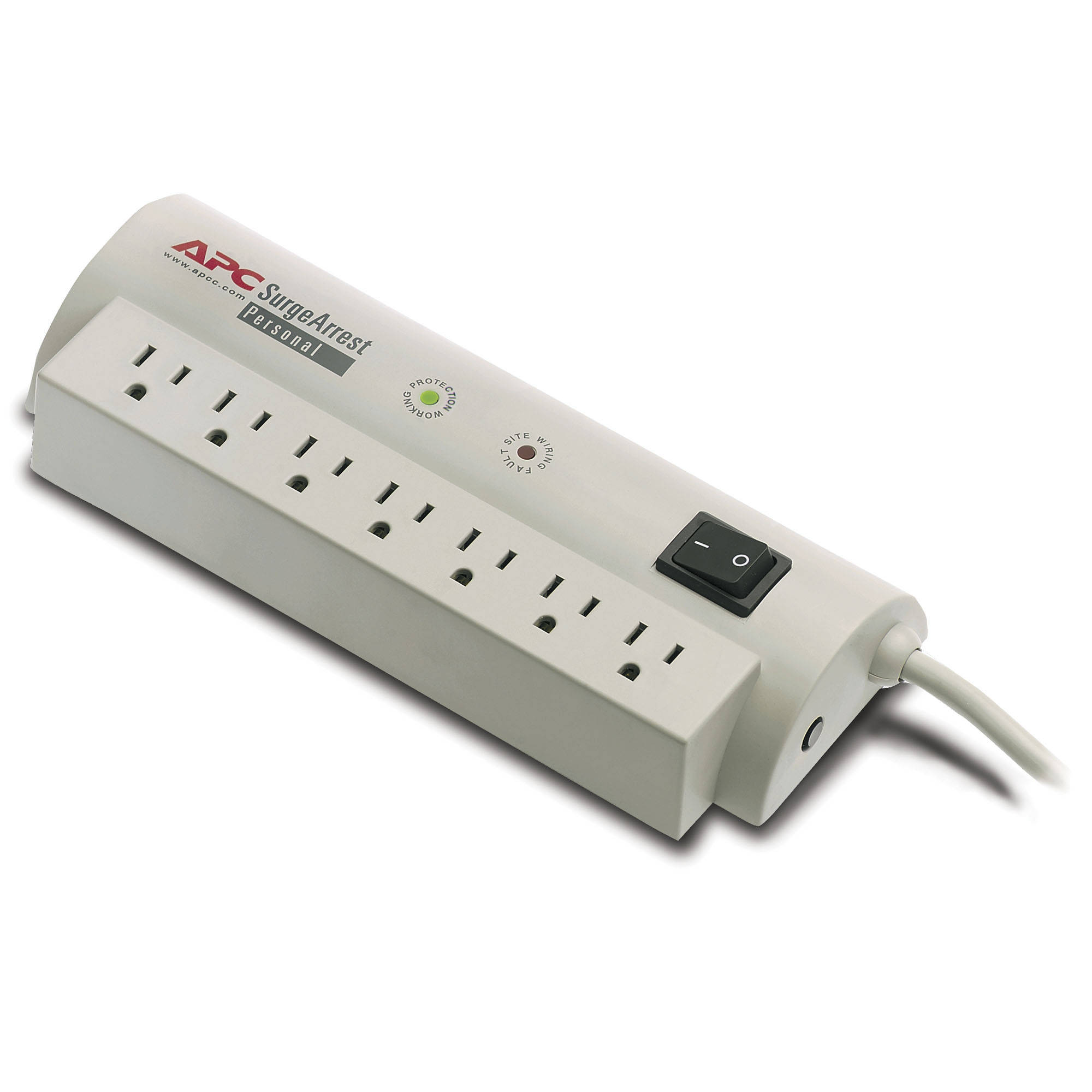
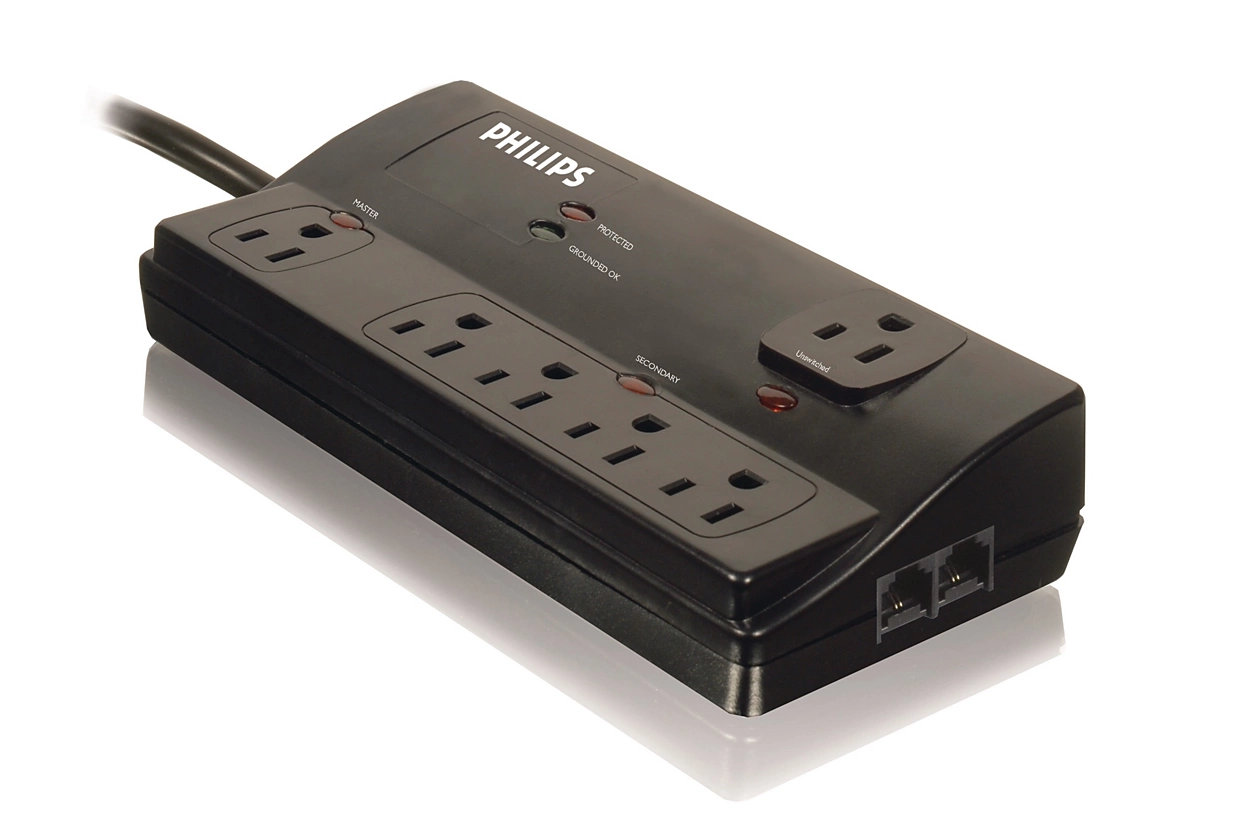
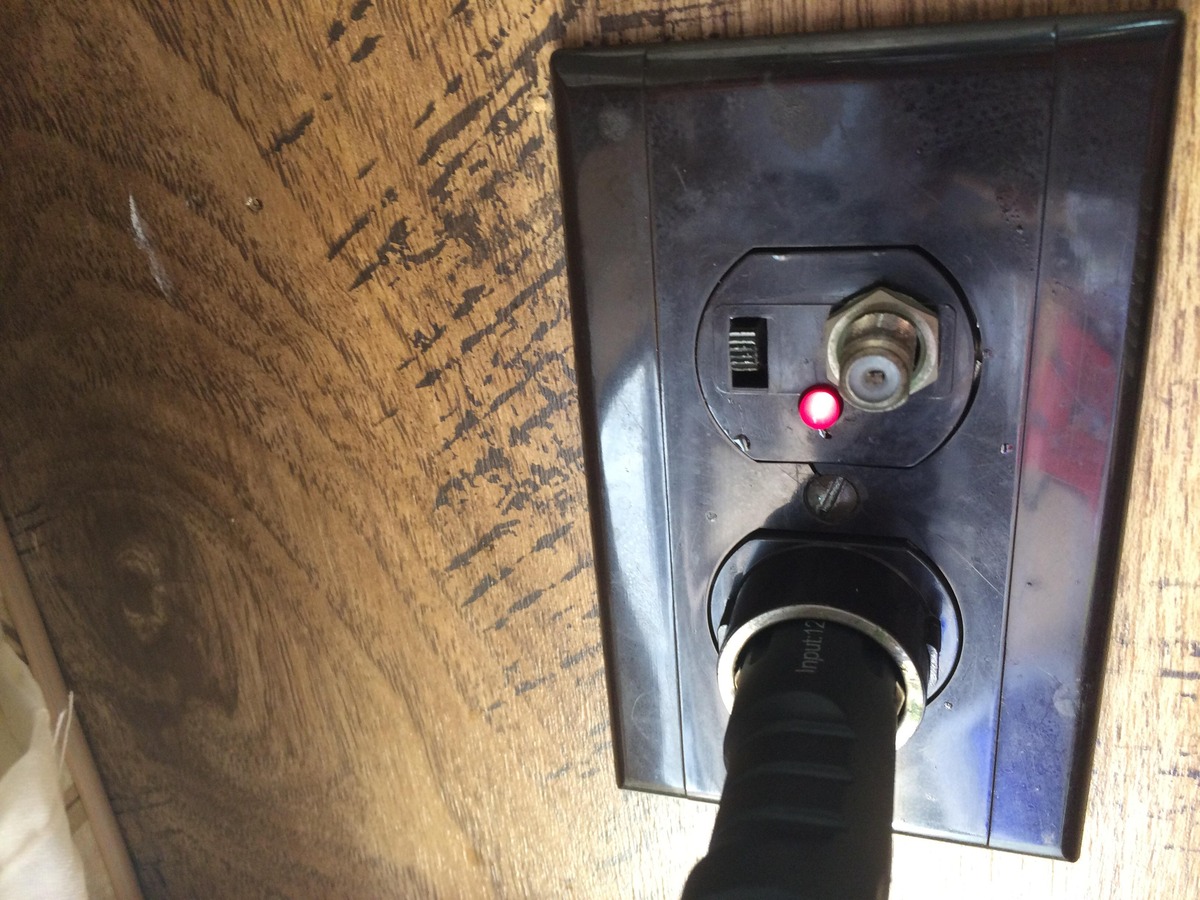
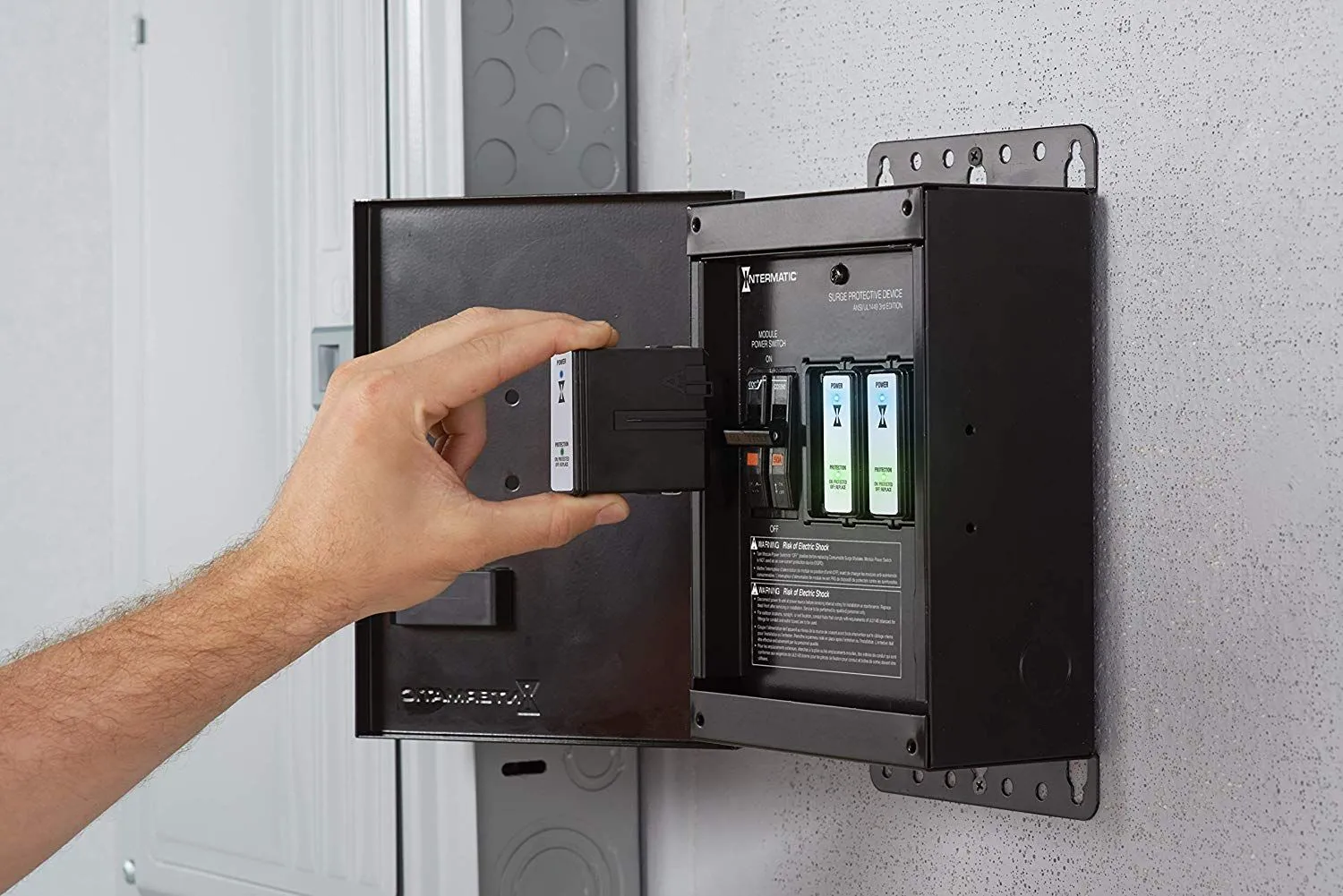
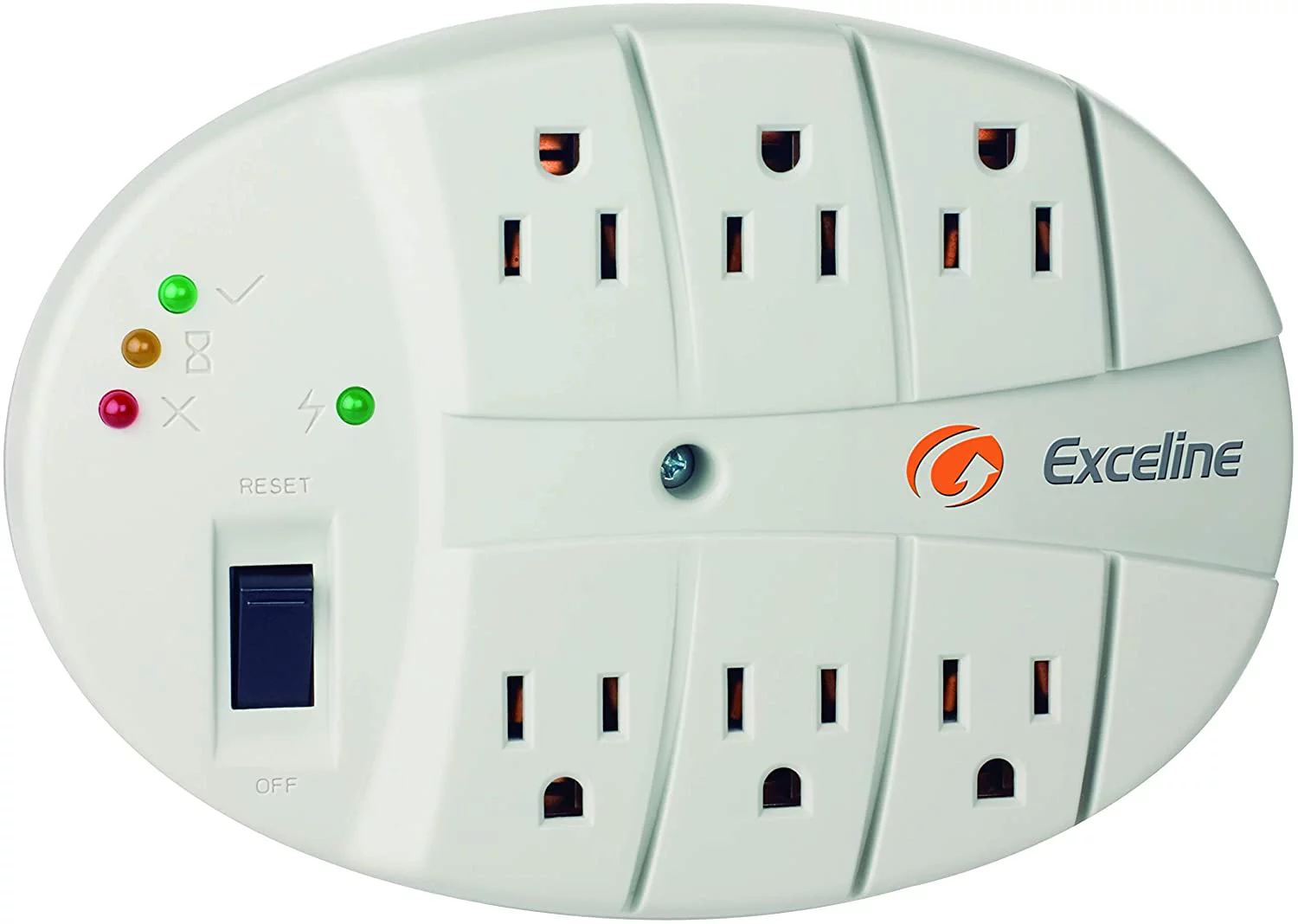
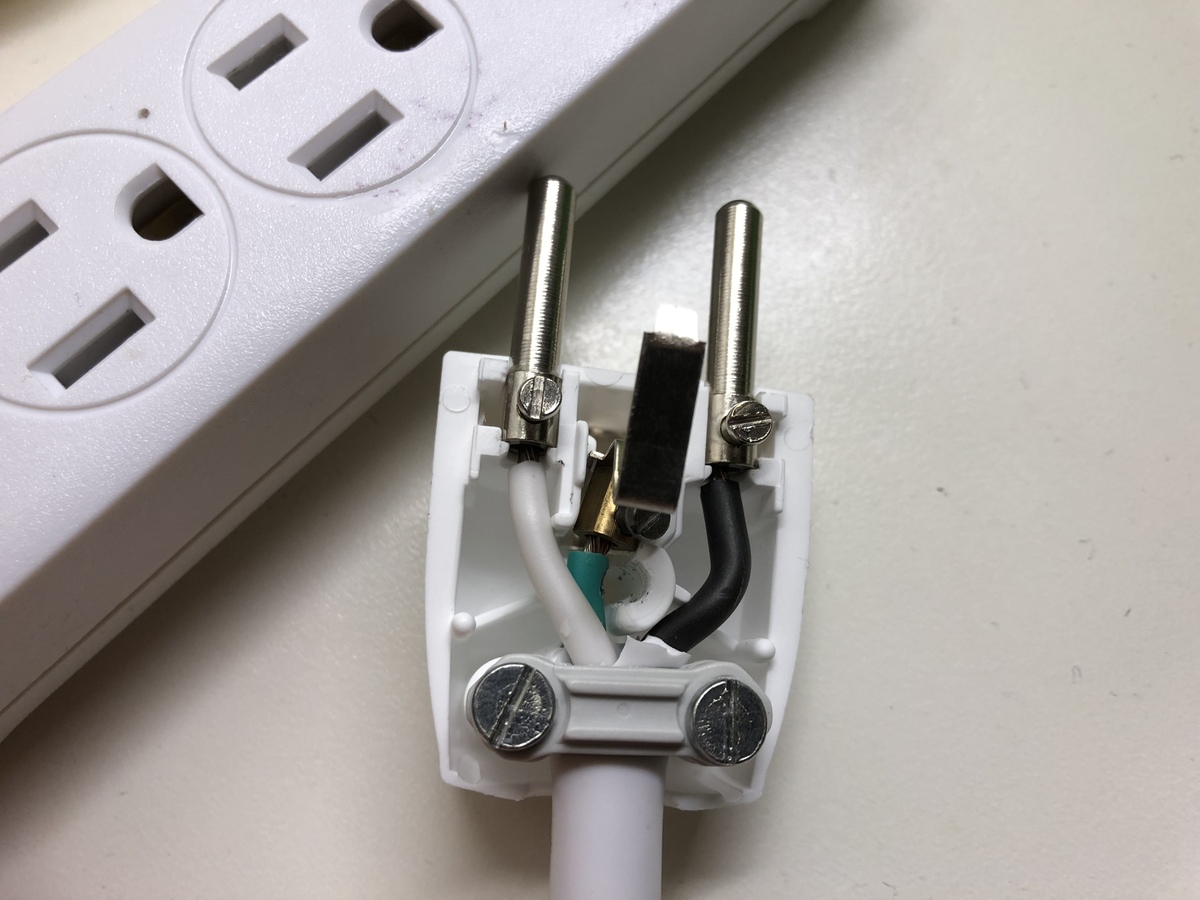
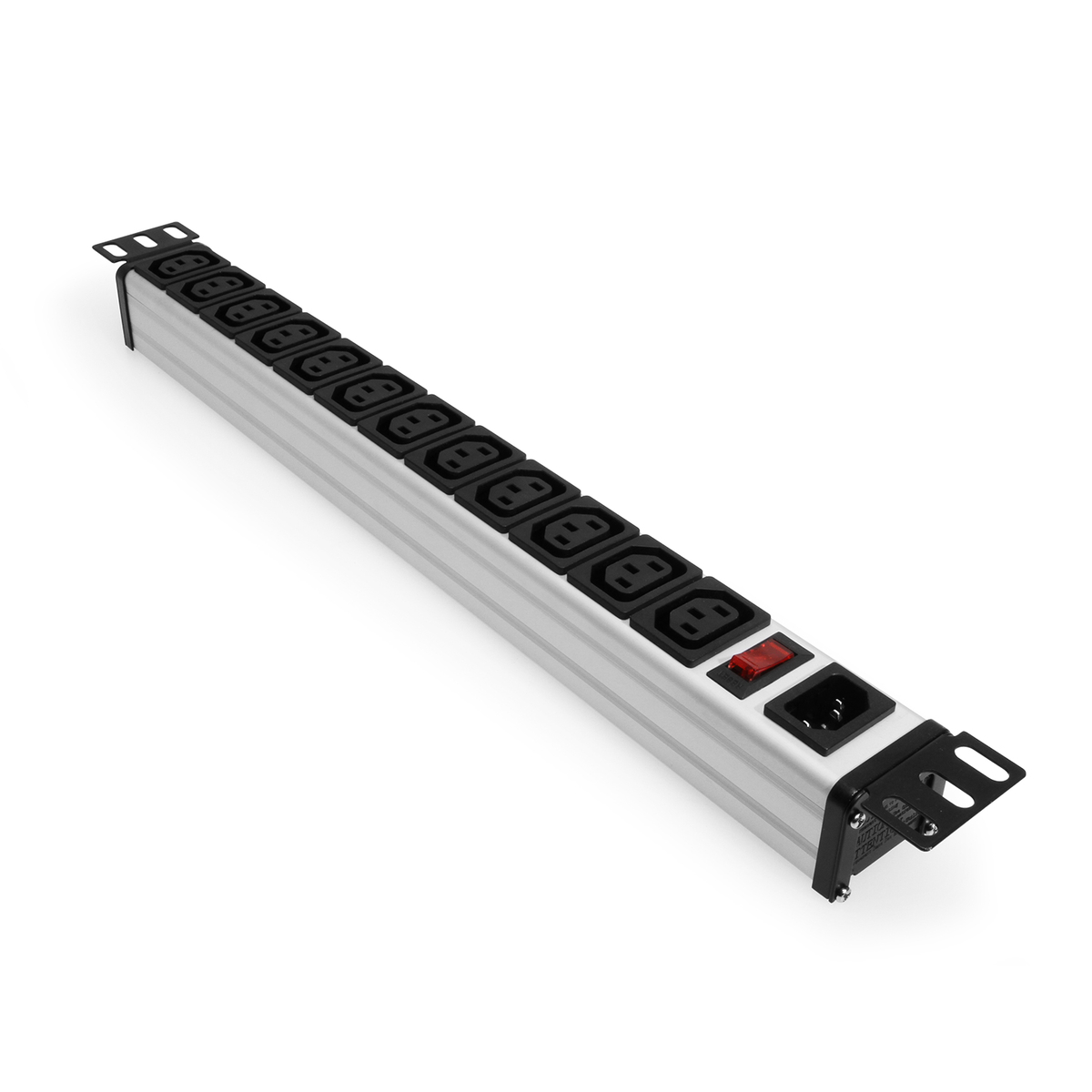
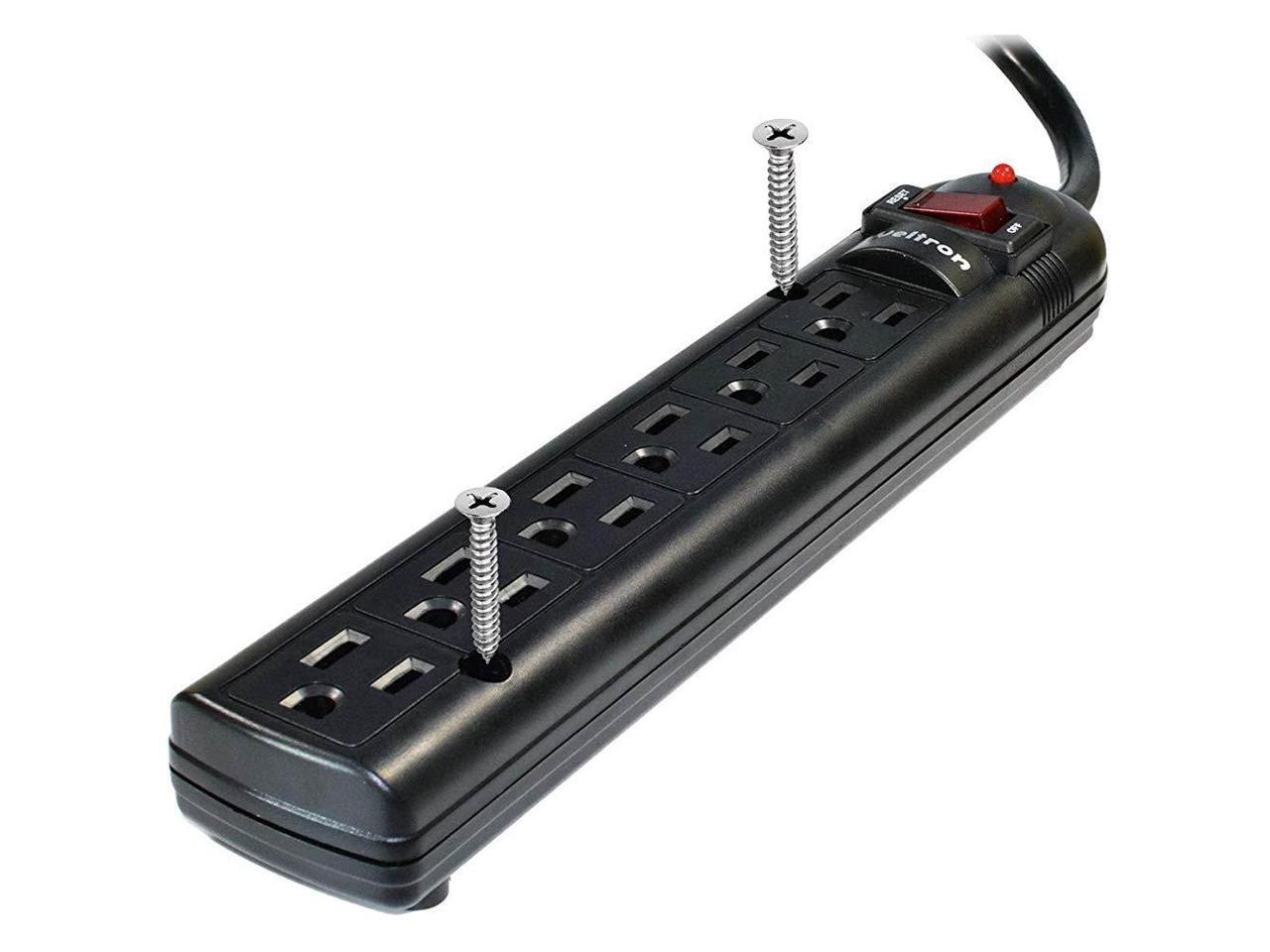
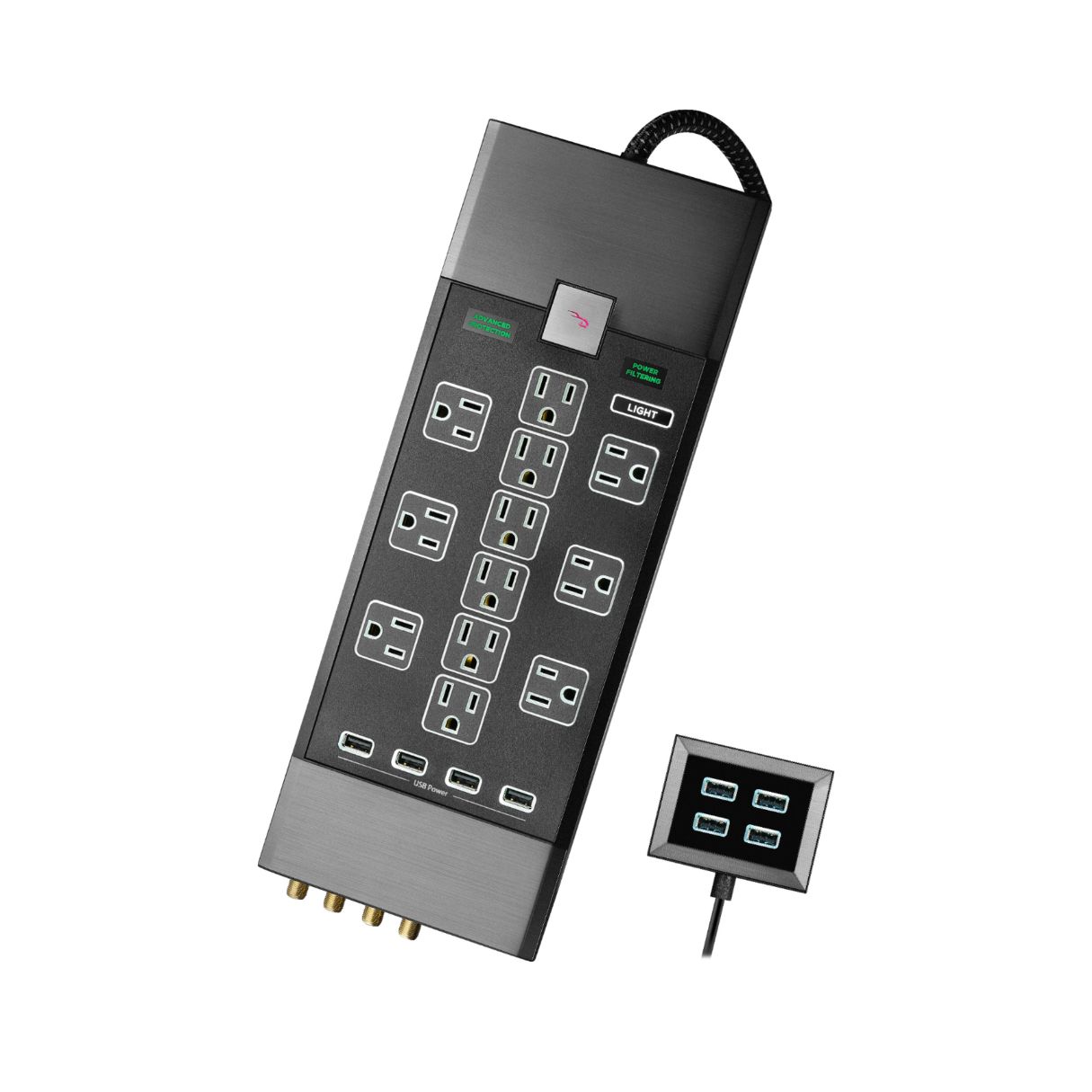
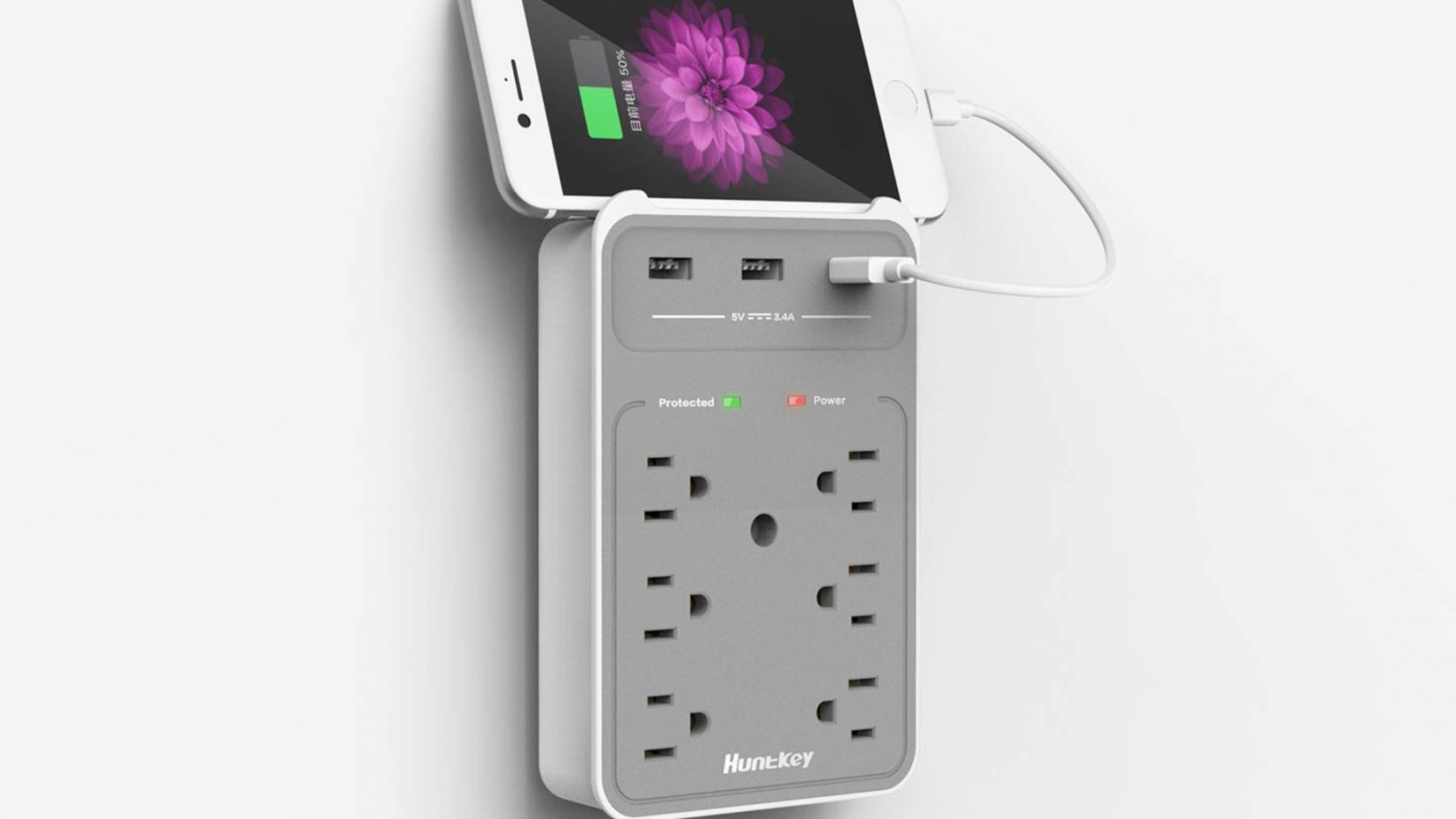
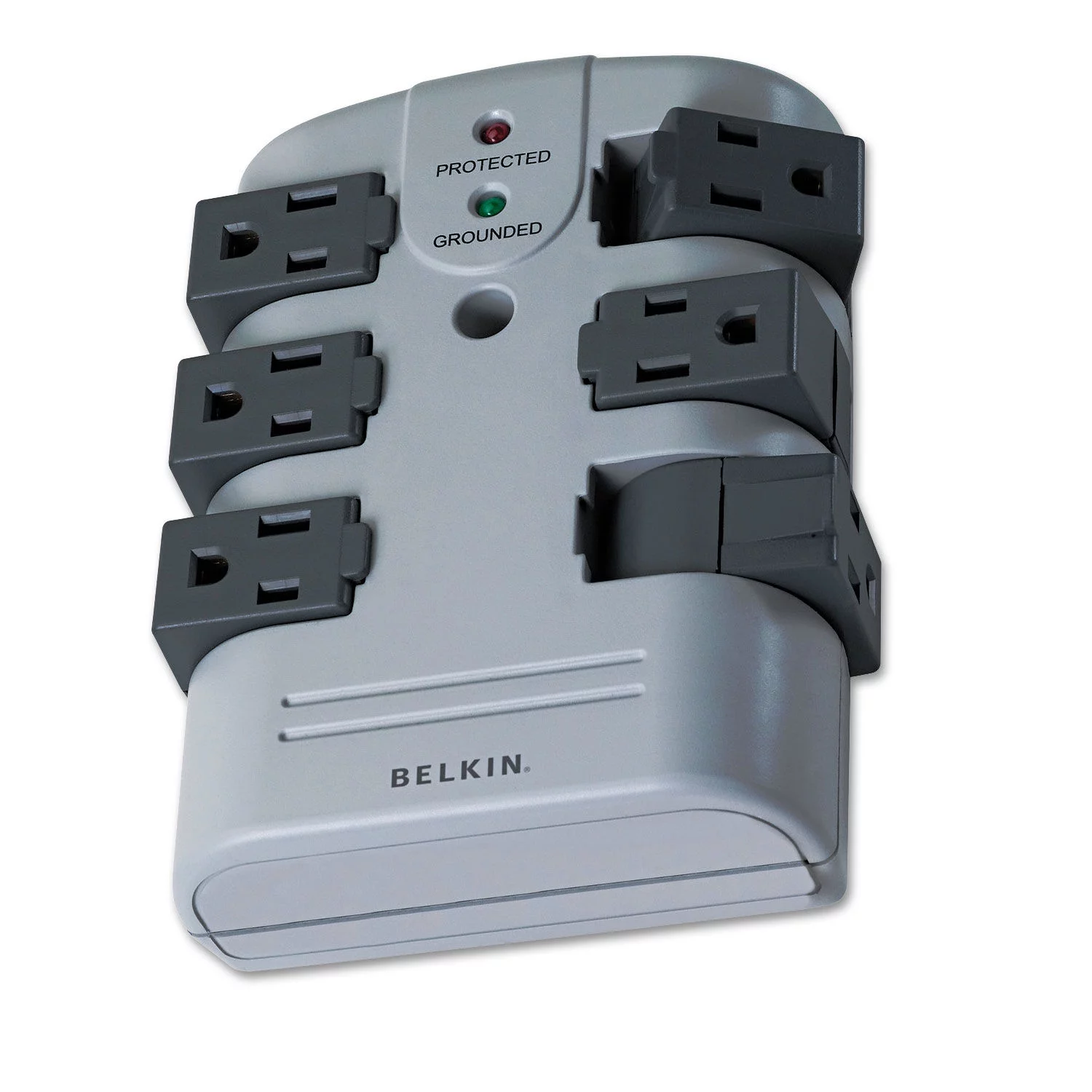

0 thoughts on “What Causes A Surge Protector To Trip”